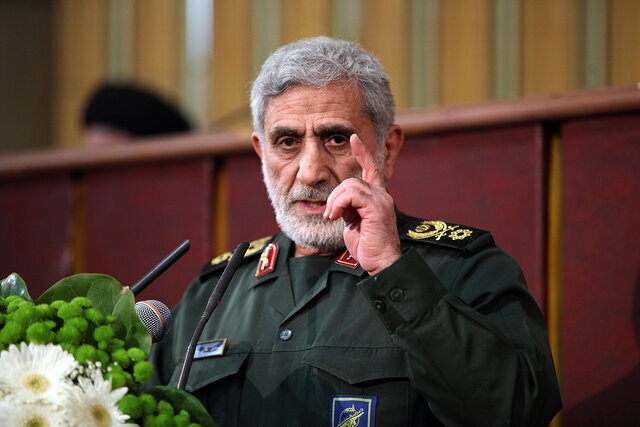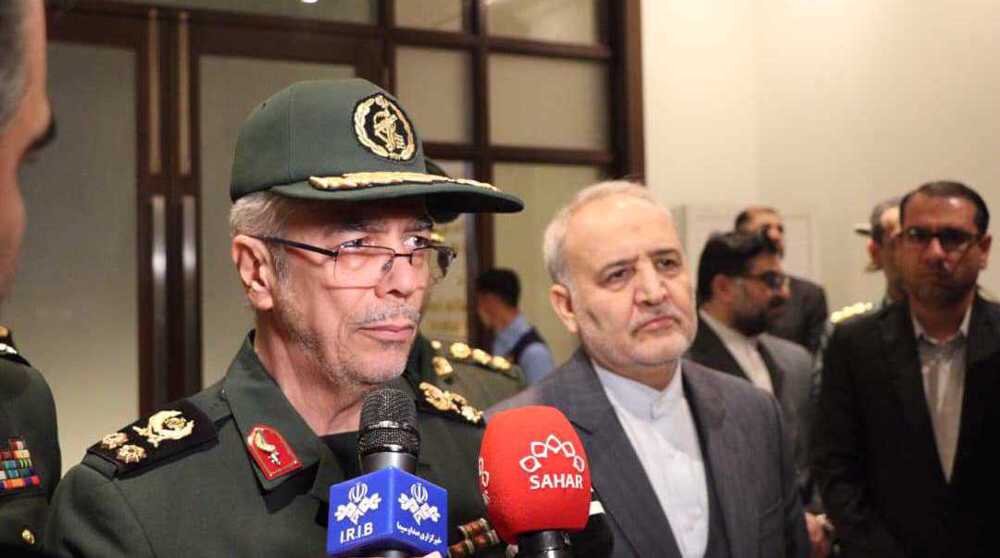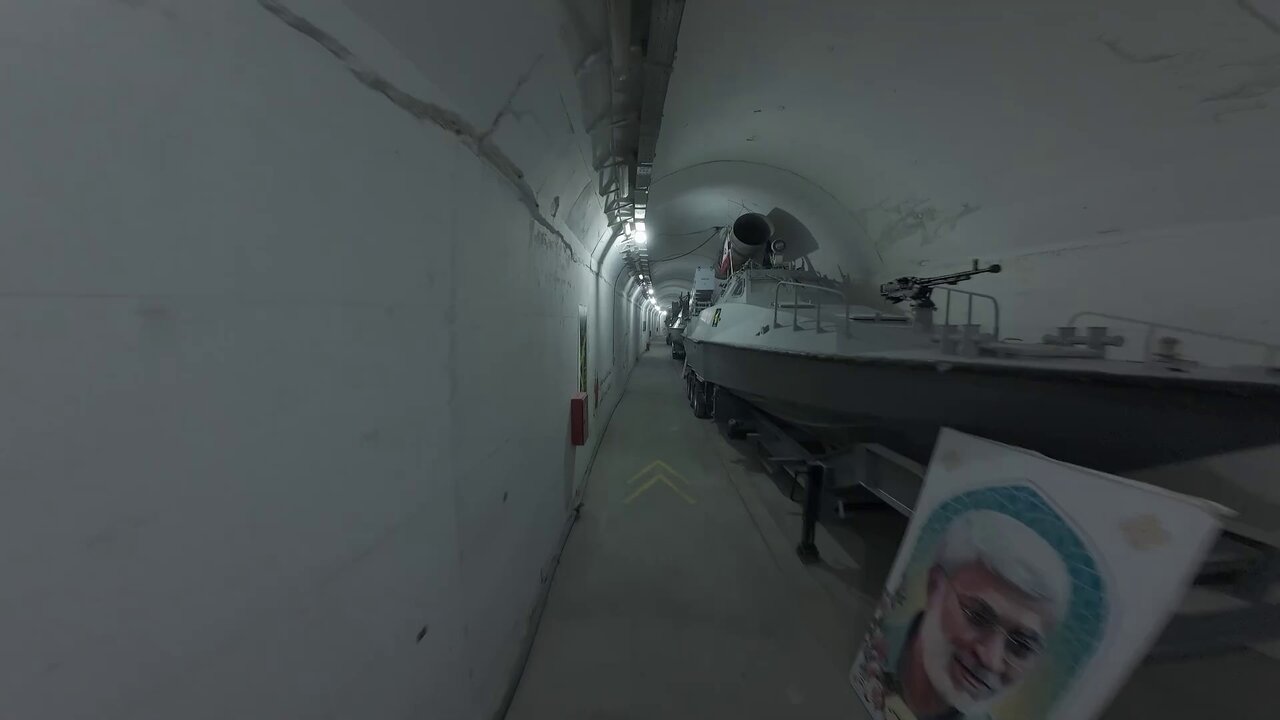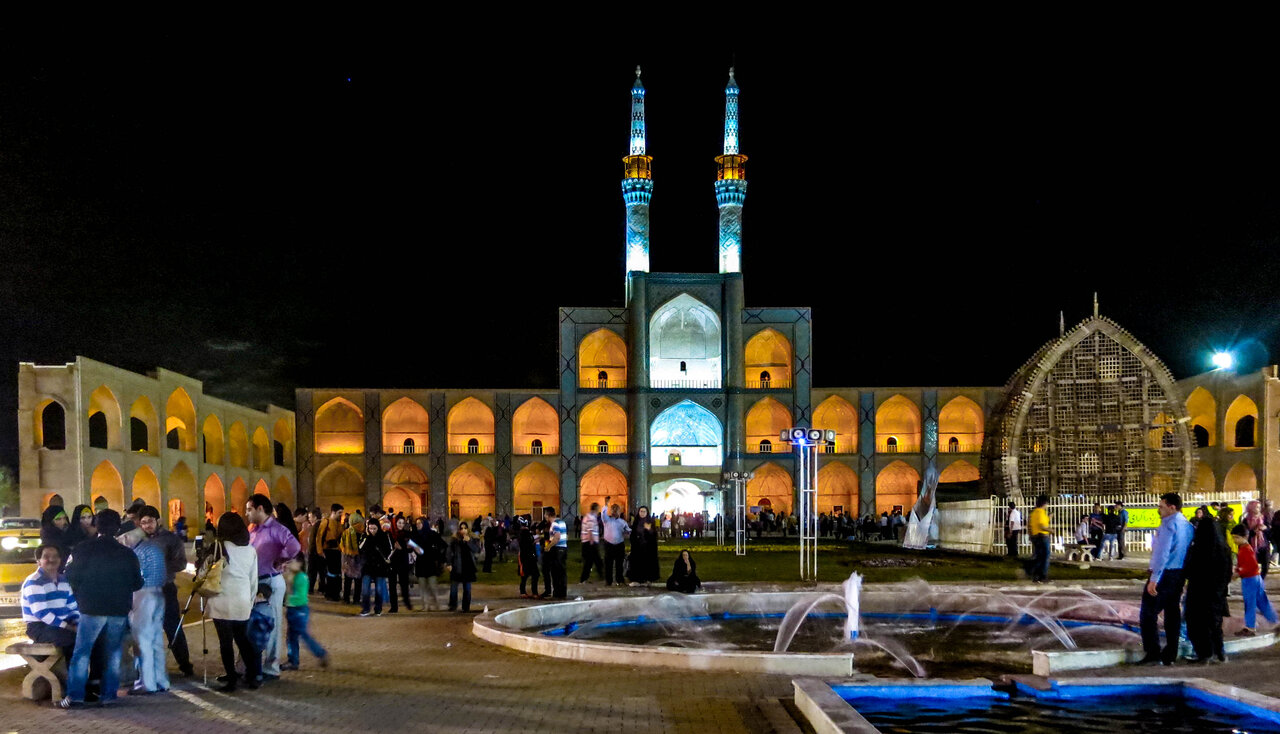
TEHRAN- As announced by a provincial official, 1.398 million tons of non-oil products valued at $944.783 million were exported from Isfahan province in the very first 9 months of the current Iranian calendar year (March 20-December 21, 2024).
Rasoul Kouhestani-Pajouh, the director-general of the provinces Customs Department, said that non-oil export from the province fell 14 percent in regards to worth, and dropped 20 percent in terms of weight, as compared to the very same amount of time in the past year.He mentioned petrochemical products, iron and steel, dairy products, machine-woven carpet, and copper as the major exported products and Pakistan, Iraq, Afghanistan, the United Arab Emirates (UAE), and Turkey as the main locations of the products exported from the province in the first nine months of today year.As formerly revealed by the head of the Islamic Republic of Iran Customs Administration (IRICA), Irans non-oil exports rose 18 percent in the first nine months of the Iranian calendar year to $43.14 billion.Foroud Asgari said imports during the mentioned period, including gold bullion, amounted to $50.89 billion.
The weight of imports declined by 3.16 percent to 27.94 million lots, he added.Non-oil export volume reached 116.35 million lots in the nine-month duration, a 13.77 percent boost from the previous year, Asgari kept in mind.
The average customs worth per lots of exported items rose 3.74 percent to $371.
Petrochemical exports represented 50.7 million loads, valued at $19.7 billion, representing a 33.25 percent boost in volume and a 32 percent rise in value year-on-year.
China stayed Irans leading export location, purchasing $11 billion worth of products.
Iraq followed with $9.4 billion, the UAE with $5.3 billion, Turkey with $5.2 billion, Afghanistan and Pakistan with $1.7 billion each, and India with $1.4 billion.
Together, these 7 nations accounted for 82.4 percent of the overall export volume and 82.85 percent of export value.The UAE topped the list of Irans import partners, exporting $15.3 billion worth of goods to Iran.
China followed with $13 billion, Turkey with $8.9 billion, Germany with $1.8 billion, India and Russia with $1.1 billion each, and Hong Kong with $1 billion.
These 7 nations supplied 75 percent of the import volume and 83 percent of import worth throughout the period.The average customizeds value per lots of imported items increased 8.4 percent to $1,821.
Gas in liquid type led the export list at $6 billion, followed by melted propane at $2.5 billion and methanol at $1.9 billion.
Secret imports included raw gold at $5.6 billion, livestock corn at $2.1 billion, and smartphones at $1.7 billion.Asgari, who likewise acts as deputy economy minister, emphasized the function of sell reinforcing the nationwide economy amid continuous global sanctions.The 11th session of the Supreme Council for the Development of Non-Oil Exports was held after a four-year hiatus, with the participation of Irans very first vice president on January 1.
In an unique interview with IRIB, Alireza Dehghan Dehnavi, head of Irans Trade Promotion Organization (TPO), highlighted the significance of this council, which had actually been non-active for almost 4 years.He kept in mind that the council had played a key role in nationwide decision-making procedures before falling under disuse.Dehnavi explained that the revival of the council was triggered during this years National Export Day occasion, where Masoud Pezeshkian instructed its reactivation.With the efforts of the federal government and the assistance of the first vice president and the minister of industry, mining, and trade, the foundation for the councils return was laid, culminating in its 11th session.The session, chaired by First Vice President Mohammad Reza Aref, combined all council members to go over pressing trade problems.
The meeting focused on 3 primary locations: The council examined the statistical efficiency of the nations non-oil exports.
Dehnavi acknowledged that Irans non-oil trade balance has actually been unfavorable recently, with a $17 million deficit tape-recorded in 2015 regardless of a positive general trade balance.
The Vice President tasked the TPOI with reversing this trend by increasing non-oil exports.The council determined a number of challenges preventing foreign trade, including extreme regulations, inadequate infrastructure for exports (such as transportation and custom-mades centers), and challenges in export-related policies.Dehnavi stressed the requirement to align monetary and trade policies, as the previous has frequently eclipsed the latter.
The council solved to reform trade policies to attend to these issues.Several proposals were authorized, consisting of holding routine council sessions and developing provincial export development task forces led by governors.
These initiatives aim to make export promotion a nationwide campaign.The council also went over a tactical roadmap free of charge trade zones, aiming to change these locations into export centers.
The TPO is preparing this document with council support.Additionally, cooperation with the private sector was highlighted to identify and execute high-impact export projects.Other topics consisted of reforms in re-exports and short-lived imports, with a task force comprising custom-mades, farming, health, and trade organizations formed to simplify processes.
The rates of export items at customs was also debated, with calls for an evaluation to boost coordination among export-related bodies.The session concluded with strategies to establish specialized commissions to preserve continuity between council conferences and guarantee efficient decision-making in foreign trade.MA

 12
12












